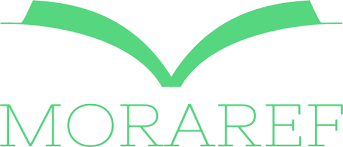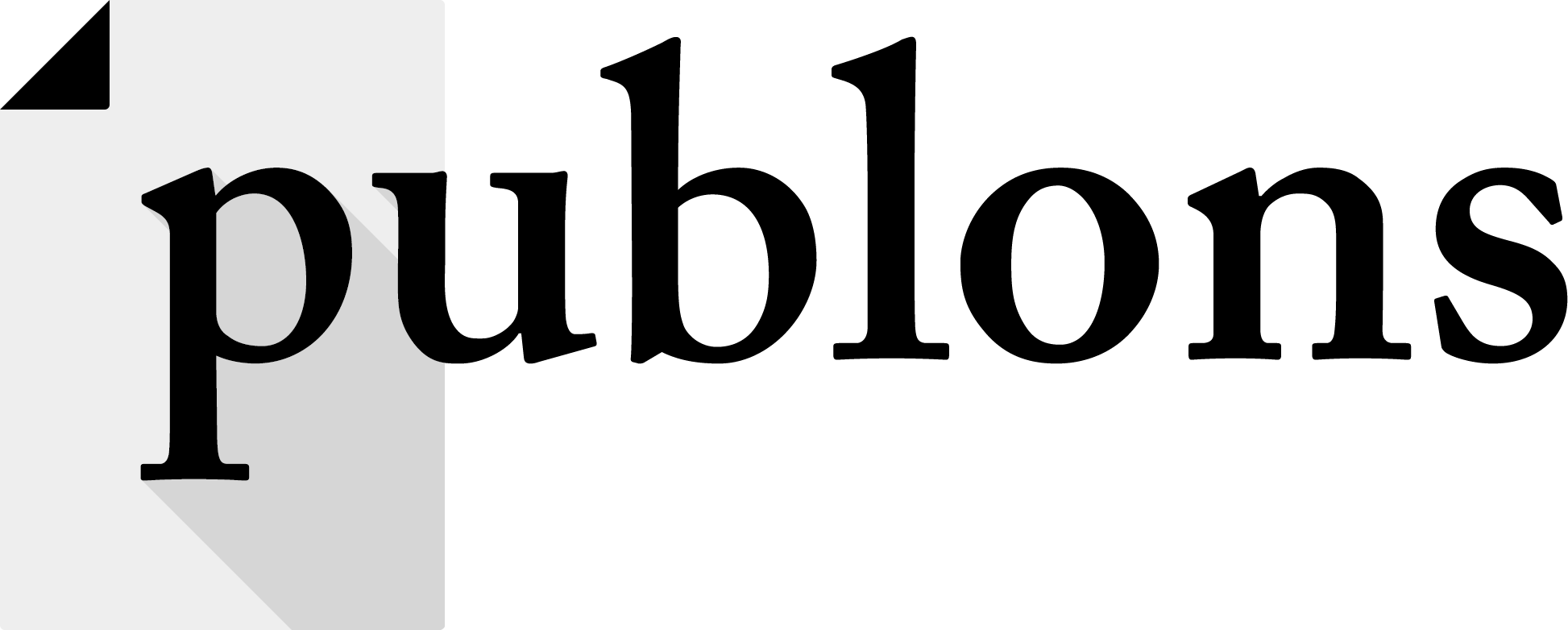Pendampingan Peningkatan Hasil Belajar Matematika Siswa Menggunakan Metode Giving Question And Getting Answer Dan Learning Start With A Question pada Siswa Kelas X MAN Baraka Kabupaten Enrekang
Abstrak
Abstrak
Metode pembelajaran dapat mendukung hasil belajar siswa, diantaranya metode giving question and getting answer dan learning start with a question. Pengabdian ini bertujuan untuk mengetahui hasil belajar matematika siswa menggunakan metode giving question and getting answer dan learning start with a question terhadap siswa kelas X MAN Baraka. Pengabdian ini menggunakan pretest-posttest control group design. Dalam menentukan sampel digunakan teknik purposive sampling dengan jumlah sampel 60 siswa dari 2 kelas yang diambil dari 4 kelas dengan siswa sebanyak 126 orang. Data dikumpulkan melalui tes berupa pretest dan posttest yang berbentuk esai. Soal disusun dengan mengacu pada aspek kognitif yang akan dinilai, yaitu C1, C2, C3, dan C4. Data dianalisis dengan analisis statistik deskriptif dan statistik inferensial. Dengan menggunakan uji independent sample test diperoleh signifikan sebesar 0,010 yang menunjukkan bahwa terdapat komparasi hasil belajar matematika siswa menggunakan metode giving question and getting answer dan learning start with a question terhadap siswa kelas X MAN Baraka.
Abstract
Learning methods can support student learning outcomes, including methods of giving questions and getting answers and learning start with a question. This purpose of this service to determine students' mathematics learning outcomes using the method of giving questions and getting answers and learning start with a question to class X students of MAN Baraka. This research is a quasi experimental research design using pretest-posttest control group design. In determining the sample used purposive sampling technique with a total sample of 60 students from 2 classes taken from 4 classes with 126 students. The data in this study were collected through tests in the form of a pretest and posttest in the form of an essay. The questions were arranged with reference to the cognitive aspects to be assessed, namely C1, C2, C3, and C4. Data were analyzed using descriptive statistical analysis and inferential statistics. By using the independent sample test, it was obtained a significant value of 0.010 which indicates that there is a comparison of students' mathematics learning outcomes using the method of giving questions and getting answers and learning start with a question to class X students of MAN Baraka.
##plugins.generic.usageStats.downloads##
Referensi
Arifin, Kartono, & Sutarto. (2015). Keefektifan Metode Pembelajaran React pada Kemampuan Siswa Kelas VII Aspek Komunikasi Matematis. Jurnal Kreano, 5(1), 91–98.
Arifin, M. (1991). Ilmu pendidikan Islam suatu tinjauan teoritis dan praktis berdasarkan pendekatan interdisipliner. Jakarta: Bumi Aksara.
Firanda, E., & Widayati, A. (2012). Metode Aktif Learning dengan Teknik Learning Start With A Question Dalam Peningkatan Keaktifan Siswa pada Pembelajaran Akuntansi Kelas XI Ilmu Social 1 SMA Negeri 7 Yogyakarta. Jurnal Pendidikan Akuntansi Indonesia, X(2).
Haryadi, D. N., & Nurhayati, S. (2015). Penerapan Model Learning Start with a Question Berpendekatan ICARE pada Hasil Belajar. Jurnal Inovasi Pendidikan Kimia, 9(2), 1528–1537.
Hidayati, L. (2016). Studi Komparasi antara Metode Learning Start with a Question dengan Giving Question and Getting Answer pada Hasil Belajar IPA siswa kelas IV Semanggi Surakarta tahun 2015/2016. Universitas Muhammadiyah Surakarta.
Khaeruddin, & Akib, E. (2009). Metodologi Penelitian (Cet. II). Makassar: LPP Universitas Muhammadiyah Makassar.
Mulyaningsih, E. (2011). Metode Penelitian Terapan Bidang Pendidikan. Yogyakarta: Alfabeta.
Mutmainnah, S. (2015). Efektivitas Metode Pembelajaran Giving Question and Getting Answer terhadap Keaktifan dan Hasil Belajar Siswa VII Materi Pokok Statistika di MTs Walisongo Pecangaan Jepara Tahun Pelajaran 2014/2015. Universitas Islam Negeri Walisongo.
Roestiyah. (2008). Metode Belajar Mengajar. Jakarta: Rineka Cipta.
Rouf, A. (2012). Pengaruh Penerapan Pembelajaran Active Learning Model Giving Question and Getting Answers (GQGA) pada Mata Pelajaran IPA Materi Pokok Gerak Tahun Pelajaran 2011/2012 terhadap Hasil Belajar Siswa Kelas VII Mts Nurul Falah Bolang-Tirtajaya Kabupaten Karawang. Institut Agama Islam Negeri Walisongo.
Sugiyono. (2014). Metode Penelitian Pendidikan: Pendekatan Kuantitatif, Kualitatif, dan R&D. Bandung: Alfabeta
- Authors retain copyright and grant the journal right of first publication with the work simultaneously licensed under a Creative Commons Attribution License that allows others to share the work with an acknowledgement of the work's authorship and initial publication in this journal.
- Authors are able to enter into separate, additional contractual arrangements for the non-exclusive distribution of the journal's published version of the work (e.g., post it to an institutional repository or publish it in a book), with an acknowledgement of its initial publication in this journal.
- Authors are permitted and encouraged to post their work online (e.g., in institutional repositories or on their website) prior to and during the submission process, as it can lead to productive exchanges, as well as earlier and greater citation of published work (See The Effect of Open Access).








